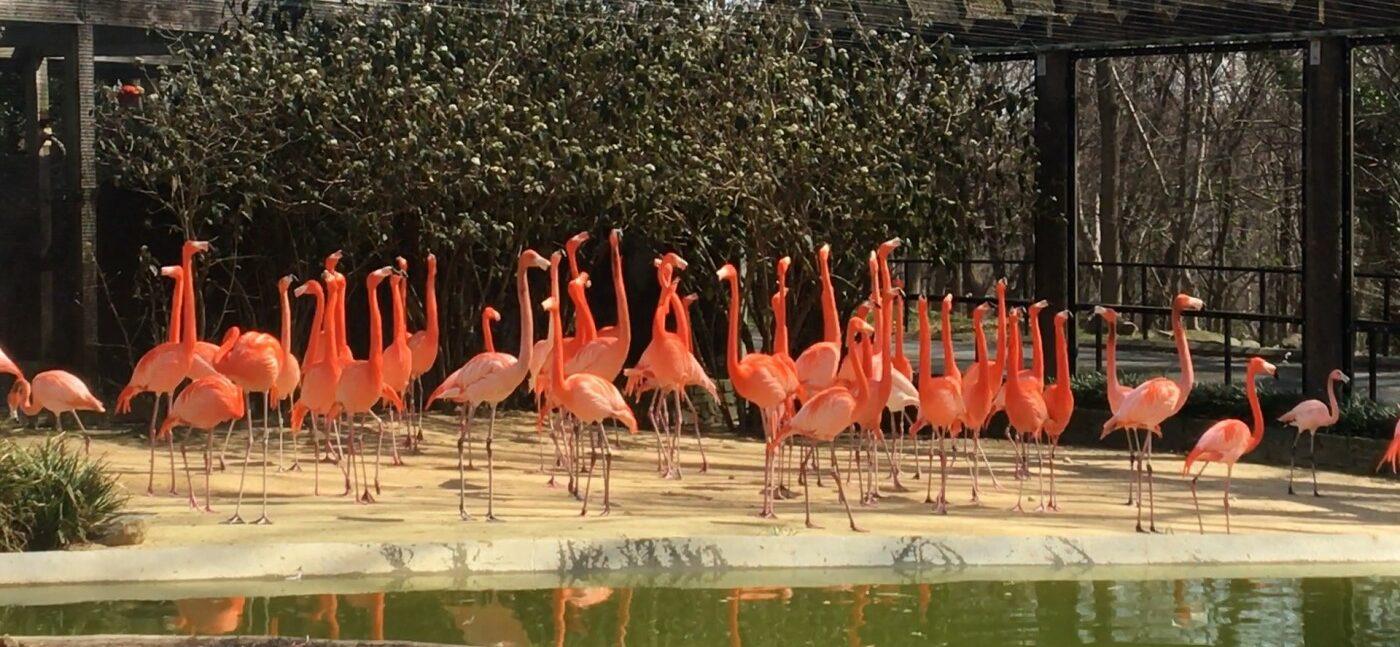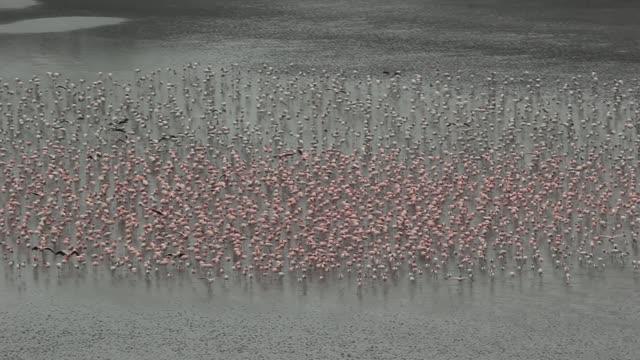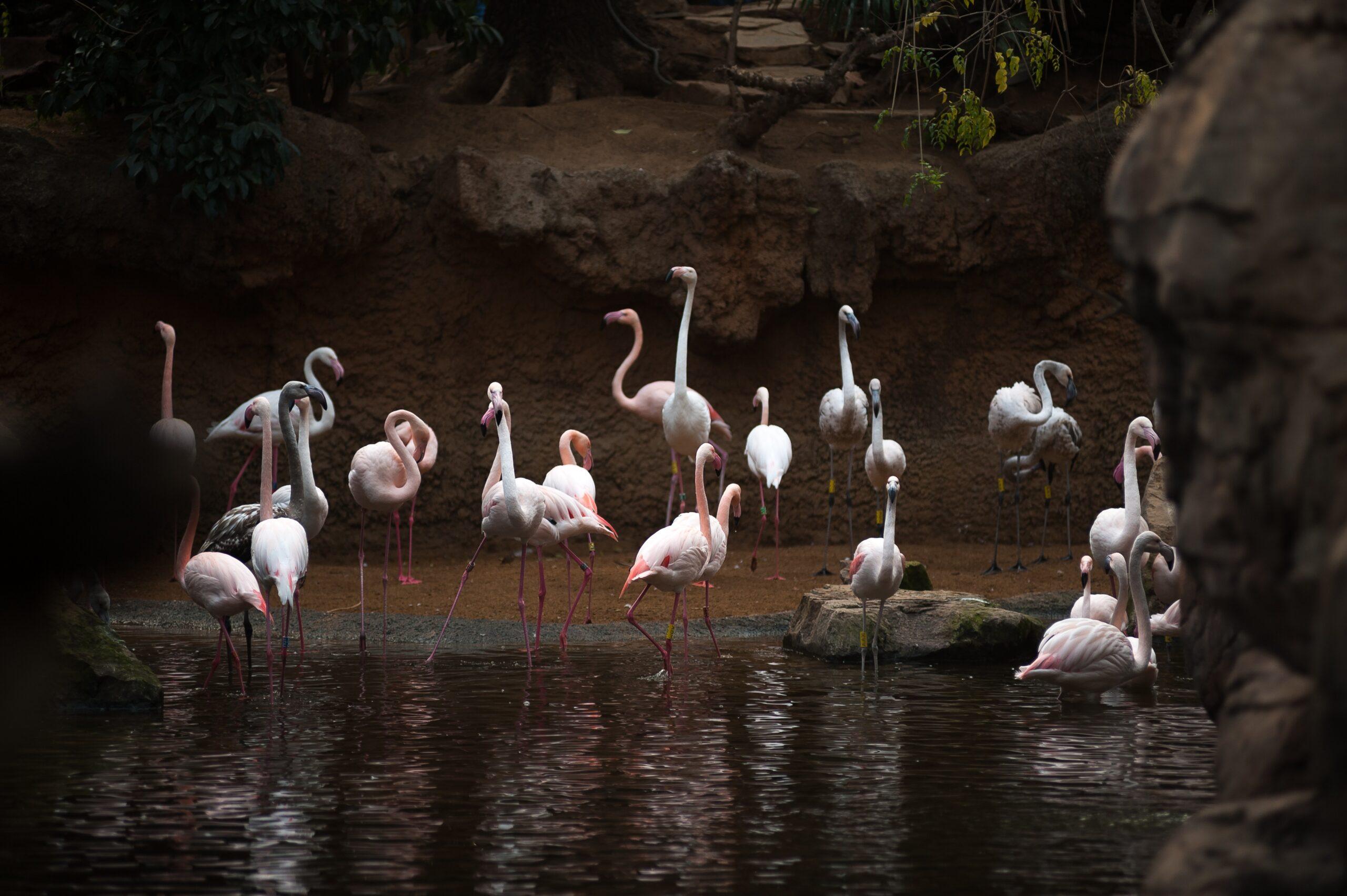Tragedy Strikes At Smithsonian National Zoo, Over 25 Animals Dead
By Kristin Myers on May 5, 2022 at 7:30 AM EDT

The Smithsonian National Zoo and Conservation Biology Institute just experienced a tragic loss of their animals.
On Tuesday, the Smithsonian National Zoo’s official Facebook page revealed that over two dozen animals had been killed at their zoo in Washington D.C. They revealed that “Our team is devastated and mourning the loss of 25 American flamingos and one Northern pintail duck killed by a wild fox yesterday in the Zoo’s outdoor flamingo habitat.”
25 Flamingos Killed By Wild Fox At Smithsonian Natural Zoo
According to the zoo’s official press release, the zoo staff are “devastated and mourning the loss of 25 American flamingos and one Northern pintail duck killed by a wild fox yesterday in the Zoo’s outdoor flamingo habitat.”
Three additional flamingos were also found to be injured and are currently being treated in the Zoo’s veterinary hospital.
The Bird House staff reportedly found the deceased flamingos on the morning of Monday, May 2. They later spotted a fox in the Zoo’s outdoor flamingo yard, although it was reported that the wild fox escaped before they could catch it.
The flamingo yard reportedly contained 74 flamingos before the attack. The remaining flamingos have since been removed from the yard and are now taking up residence indoors in their barn. The ducks have been moved to another outdoor space, that is reportedly covered and more secured.
Brandie Smith, John and Adrienne Mars Director, released a statement saying, “This is a heartbreaking loss for us and everyone who cares about our animals. The barrier we used passed inspection and is used by other accredited zoos across the country. Our focus now is on the well-being of the remaining flock and fortifying our habitats.”
Smithsonian Zoo Reports ‘New Softball-Sized Hole’ In Flamingo Exhibit

The Smithsonian Institute said that exhibits are checked multiple times a day by staff to ensure security. The last inspection of the Bird House was reportedly conducted on May 1 at 2:30 PM local time. At the time of the last inspection, no areas of concern were listed in the flamingo habitat.
However, by the morning of May 2, the report revealed a “new softball-sized hole in the heavy-duty metal mesh that surrounds the outdoor yard.” They noted “no breach to the dig barrier in the outdoor exhibit.”
The Smithsonian Zoo is still actively investigating the incident. They have immediately reinforced the metal mesh around the flamingo yard, which they say was last replaced in 2017. The zoo had passed an accreditation inspection by the Association of Zoos and Aquariums at that time.
The zoo also set live traps around the perimeter to catch any wild predators from entering animal cages. They have also set up digital camera traps with an infrared sensor that is triggered by movement in order to catch nocturnal animal activity.
Smithsonian Zoo’s Bird House Closed To The Public For The Foreseeable Future

Although plenty of zoo visitors love checking out the Bird House, the attraction and the “surrounding plateau” are closed to the public for the foreseeable future as it undergoes a “major renovation,” the zoo reports.
The flamingo flock’s outdoor yard is approximately 9,750 square feet, which includes a heated pool and barn. The attraction has been at the Smithsonian National Zoo since the 1970s. This is reportedly the first time that a predator has breached the mesh fence enclosure.
For those interested in learning more about flamingos, the Smithsonian reported that the “International Union for Conservation of Nature Red List of Threatened Species lists both the American flamingo and Northern pintail duck as species of least concern.”
American flamingos, also called Caribbean flamingos, live on the Caribbean Islands along the northern coast of South America and can live for about forty to sixty years. Although flamingos are said to be an “abundant” bird species, they still face the dangers of habitat loss due to mineral mining and human encroachment on their territory.
American flamingos are currently concentrated in four major breeding colonies in the wild. There are only about 80-90 thousand flamingos currently left in the wild.